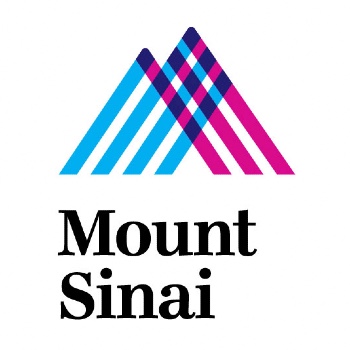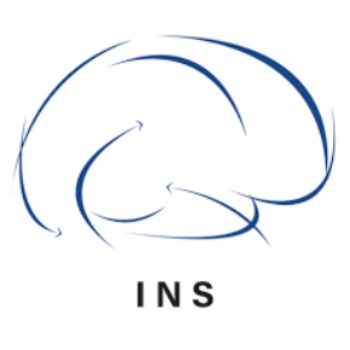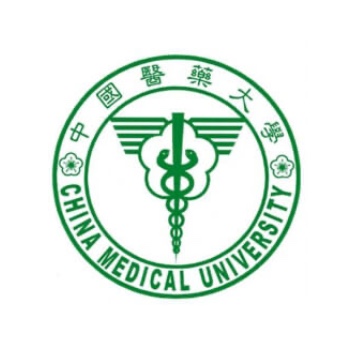Major depressive disorder (MDD) is the third leading cause of global disability [1], yet not everyone diagnosed with the condition seek treatment. Roughly 43% of primary care patients who experience a 6-month anxiety or depressive disorder diagnosis do not receive treatment, with most preferring self-management [2]. Contributing factors deterring patients to seek treatment include side effects associated with antidepressant medications and the need for frequent psychotherapy sessions with specialized professionals. Device-based interventions, such as electroconvulsive therapy, repetitive transcranial magnetic stimulation, and vagus nerve stimulation are approved as third- or fourth-line treatments for medication-resistant depression.
Transcranial photobiomodulation (t-PBM), which is comprised of delivering near-infrared (NIR) light through the skull to the brain, has emerged as a potential antidepressant treatment in both animal models and human studies.
This paper reports the results from the Elated-2 Pilot Trial, a single-site, randomized, double-blind, sham-controlled study on the effect of t-PBM in MDD patients. The study is comprised of 21 adult MDD patients age 18 to 65, who underwent twice weekly t-BPM sessions for 8 weeks. The study finds subjects receiving t-PBM with NIR light showed greater improvement than the sham group that did not receive any light therapy. Furthermore, t-PBM with NIR light demonstrated antidepressant properties with a medium to large effect size in patients with MDD.
References
[1] Center for Anxiety and Traumatic Stress Disorders, Massachusetts General Hospital, Boston, Massachusetts.
[2] LiteCure LLC, Newark, Delaware.
Cassano, P. et al. (2018). Transcranial Photobiomodulation for the Treatment of Major Depressive Disorder. The ELATED-2 Pilot Trial. Photomedicine and Laser Surgery, XX, XX.
[/et_pb_cta][/et_pb_column_inner][/et_pb_row_inner][/et_pb_column][et_pb_column type=”1_4″ _builder_version=”3.25″ custom_padding=”|||” custom_padding__hover=”|||”][et_pb_sidebar area=”custom-sidebar-1″ _builder_version=”3.17.6″][/et_pb_sidebar][/et_pb_column][/et_pb_section]









